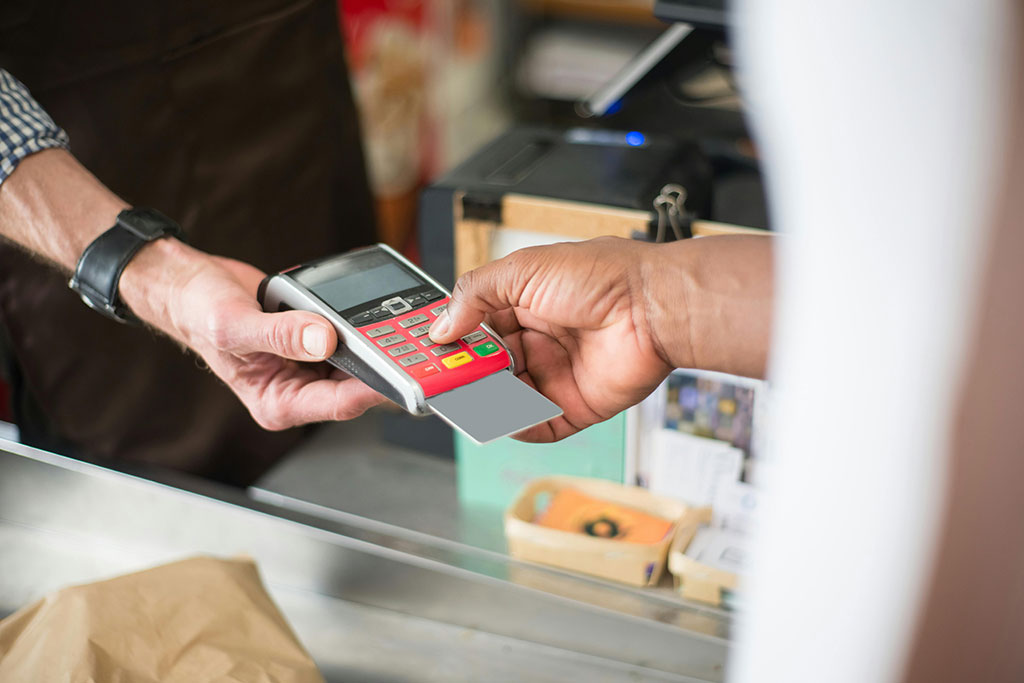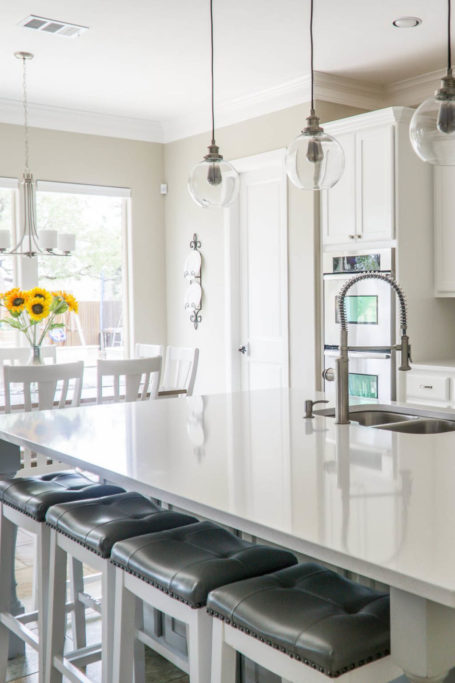Understanding Fixed vs. Variable Expenses
When it comes to budgeting, most people tend to focus on discretionary spending, examining where they may be too loose with their “fun money” and where they could stand to reign it in.
However, it’s just as crucial to get familiar with the two main types of expenses: fixed and variable. As umbrella categories, they encompass everything from essential housing costs to extraneous shopping for clothes. Whether you’re creating a new budget or adjusting an existing one, understanding their roles and differences can help you manage your finances more effectively.

Fixed expenses
These costs are exactly like they sound—they remain the same from month to month. Typical fixed expenses include insurance premiums, payments for your rent or mortgage, car, loans, and childcare, and even subscription services for items like streaming platforms and gym memberships. These would only change during a periodic adjustment, such as the renewal of your lease or insurance, or if you made a big lifestyle adjustment, such as purchasing a different home or buying a new car.
Because of the predictability of fixed expenses, they can be relatively easy to plan for. You’ll know precisely how much goes toward this category every month, requiring no changes to your budget so you can focus on managing cash flow toward your other costs.
Variable expenses
Variable expenses, on the other hand, fluctuate from month to month based on factors like your activities and consumption of items like groceries, gas, utilities, and entertainment. For example, the amount you spend on groceries can vary depending on your meal plans, dietary or household needs, and shopping habits, while your utility bills for electricity, water, and gas may go up and down with shifts in your usage and even the weather.
The main advantage of variable expenses lies in their flexibility. Because you aren’t locked into a certain amount each month, you have more control over these costs and can potentially find ways to adjust your spending based on your financial situation or priorities at any given time. However, this can also make this category more difficult to plan for since you can’t always predict what the total cost will end up being. Even if you have a specific number in mind for a given category, you may not always stay within those limits.

Budgeting for both types
Generally speaking, budgeting for these expenses comes down to determining your wants and needs. Fixed expenses are typically the latter (with some exceptions like streaming services), but variable expenses are often both. So when budgeting, it’s best to start by writing out all your fixed and variable expenses, giving a rough estimate for the ones that vary each month. Next, note which ones are essential versus nonessential to better determine if there are any that you can cut or adjust to create more buffer room for your variable expenses. For instance, while groceries are an essential purchase, you don’t necessarily need to buy that new, trending snack you keep seeing online. Instead, focus on your must-haves for each month before branching off into extraneous items.
It’s also vital that you continually track your spending so you can make adjustments where necessary. Beyond the usual fluctuations for variable expenses, you may also encounter one-off costs, such as for your car registration or unforeseen circumstances like a medical emergency that require more shifting in your budget. An app like YNAB can help you to better stay on top of everything and monitor your habits to identify areas where you may be overspending. In turn, you can make more informed decisions about your financial future.
For further assistance with managing your finances, consider working with a financial advisor, who can help you better understand the differences between your fixed and variable expenses and build a budget accordingly.


















